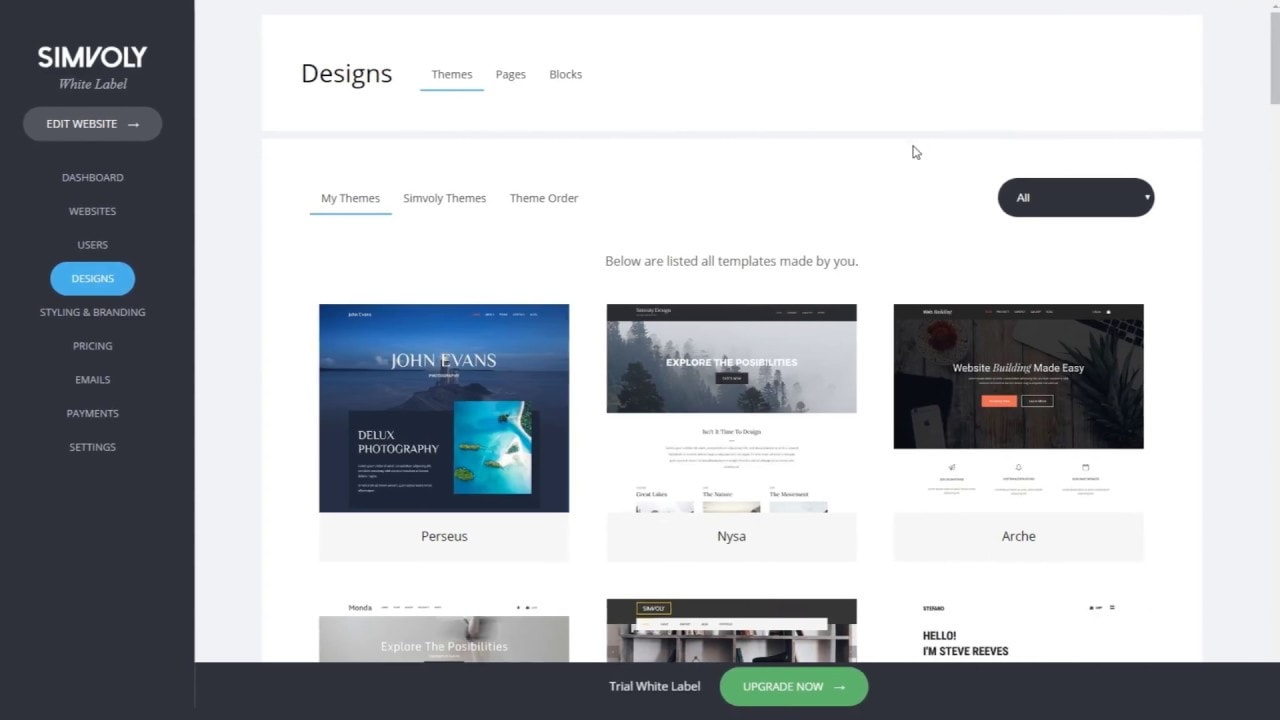The Web Designer is in charge of creating the website’s coding, design, and layout in accordance with the company’s criteria. A company’s website is the most important tool for reaching customers through the internet. Businesses nowadays realise the value of having a website and are working to construct and maintain the best possible website to promote their products or services online.
Organizations are searching for someone who can design and construct exceptional frameworks for their social media presence in light of the quick improvement of website development. Using their technical skills and expertise, web designers build and produce visually appealing websites that captivate a large audience.
They are aiming to build more reliable websites using new frameworks, methodologies, and innovations. A technologically transformational future is just around the corner, due to the widespread availability of technical skills today. New technologies such as artificial intelligence, computer learning, the Internet of Information, and quantum computing are reshaping the landscape of computing today.
This extends to their interactions on their website. Experts at Clever-Solution analysed current trends, found the most feasible options, and estimated the time needed to implement them. A look at how web weaving will create more room for web development trends and new inventions, and the current developments that will soon catch or dominate the web development industry.
The scope of what no code can accomplish is ever-expanding. The burden of writing large amounts of code from scratch is lifted off the shoulders of programmers and other experts, freeing them up to work on more challenging tasks.
No matter what, they’re still necessary. They will always be in demand for their skill in the development of totally acceptable technical solutions.
The world has already benefited much from the contributions of developers. A new generation of no-coding tools and services has finally allowed those of us who aren’t coders to engage in the conversation.






